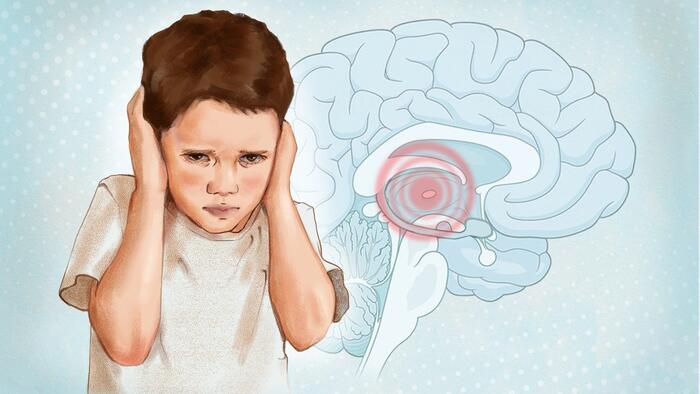Autism Spectrum Disorder (ASD) is a neurological and developmental condition that encompasses a variety of impairments regarding social interactions, communication, learning, and behavior. Recognized as a spectrum, ASD affects individuals with varying degrees of severity and unique sets of characteristics. The brain’s thalamus responsible for processing sensory information can become overwhelmed in individuals with autism, leading to sensory overload. As per global statistics, around 1 percent of children are diagnosed with autism, with the prevalence rising significantly in the United States over the past two decades. Current estimates suggest that approximately 1 in 36 children and 1 in 45 adults in the U.S. are on the autism spectrum, with boys being affected at significantly higher rates than girls.
The etiology behind autism is complex and multifactorial, involving an interplay of genetic, environmental, and brain structure factors. It’s vital to understand that labeling individuals with terms such as “high” or “low functioning” oversimplifies the spectrum, disregarding the unique combination of traits and challenges that each person may experience. There are various early signs of autism, and many of these behaviors can be spotted in babies as young as six months. Symptoms can help in screening, although autism may not be diagnosed until much later. These early indicators manifest over different time frames, from limited social engagement and communication issues in infants to a lack of spontaneous speech in toddlers.
Individuals diagnosed with autism exhibit a range of social, communication, and behavioral characteristics that can vary significantly among cases. Common social challenges include minimal eye contact, limited emotional expression, and difficulties in engaging with others. Communication difficulties can manifest in various ways, including delayed speech development, inconsistent use of language, and inappropriate or rigid conversational styles. Additionally, many individuals show repetitive behaviors or adhere to specific routines. While not every autistic individual displays all these traits, significant overlap exists with behaviors seen in neurotypical individuals, reflecting the diversity of autism’s manifestation.
Interestingly, signs of autism may be less recognizable in females, who tend to mask their symptoms more effectively than males, leading to inconsistencies in diagnosis. Females may demonstrate heightened conversational skills or a better understanding of social cues but may still struggle internally with the underlying challenges of autism. This gender discrepancy illustrates the complexity of autism and highlights the importance of tailored assessments to support both females and males on the spectrum.
Current research into the origins of autism reveals that both genetics and environmental factors play significant roles. Genetic contributions to autism risk range from 40 to 80 percent, with over a thousand different genes potentially associated with the condition. In a small number of cases, rare genetic mutations such as those associated with ADNP syndrome can be direct causes of autism. Environmental factors also contribute, ranging from maternal health issues during pregnancy, such as infection or diabetes, to prenatal exposure to environmental toxins. Each of these factors represents a unique avenue for further inquiry to enhance our understanding of autism’s development.
While the controversy surrounding the potential link between childhood vaccines and autism persists, authoritative organizations have widely discredited this connection, asserting that vaccines should not be a source of concern for parents. The call for continued research into the intersection of neurological development, environmental influences, and genetic factors remains critical as we strive to improve diagnostic and intervention strategies for individuals with autism, ultimately fostering more inclusive environments and understanding among communities.

